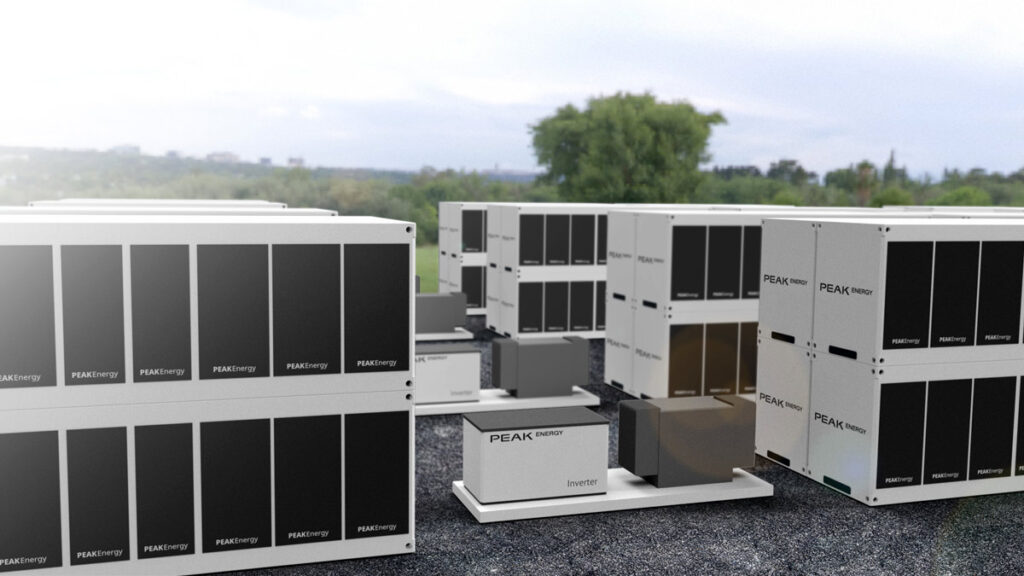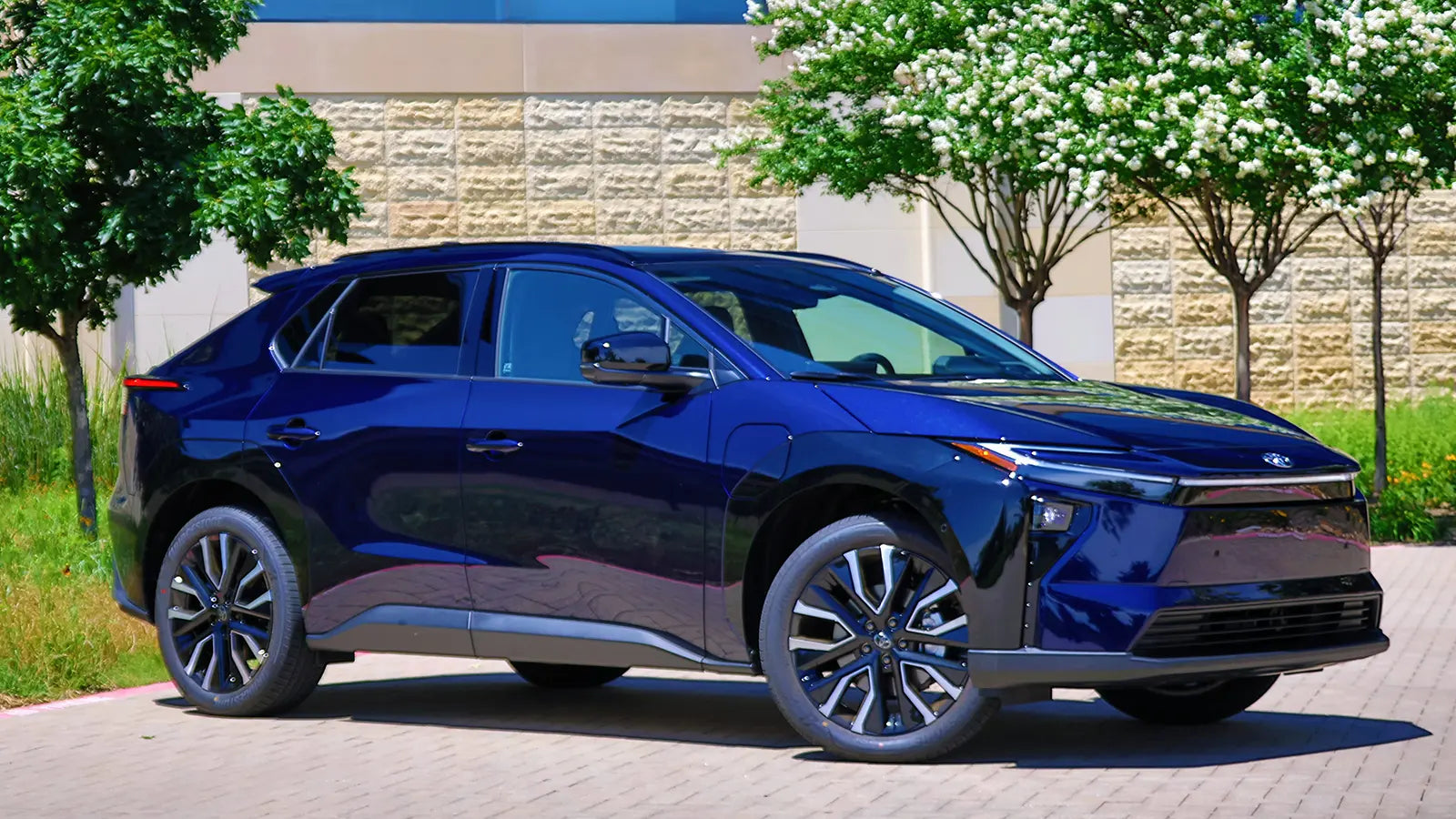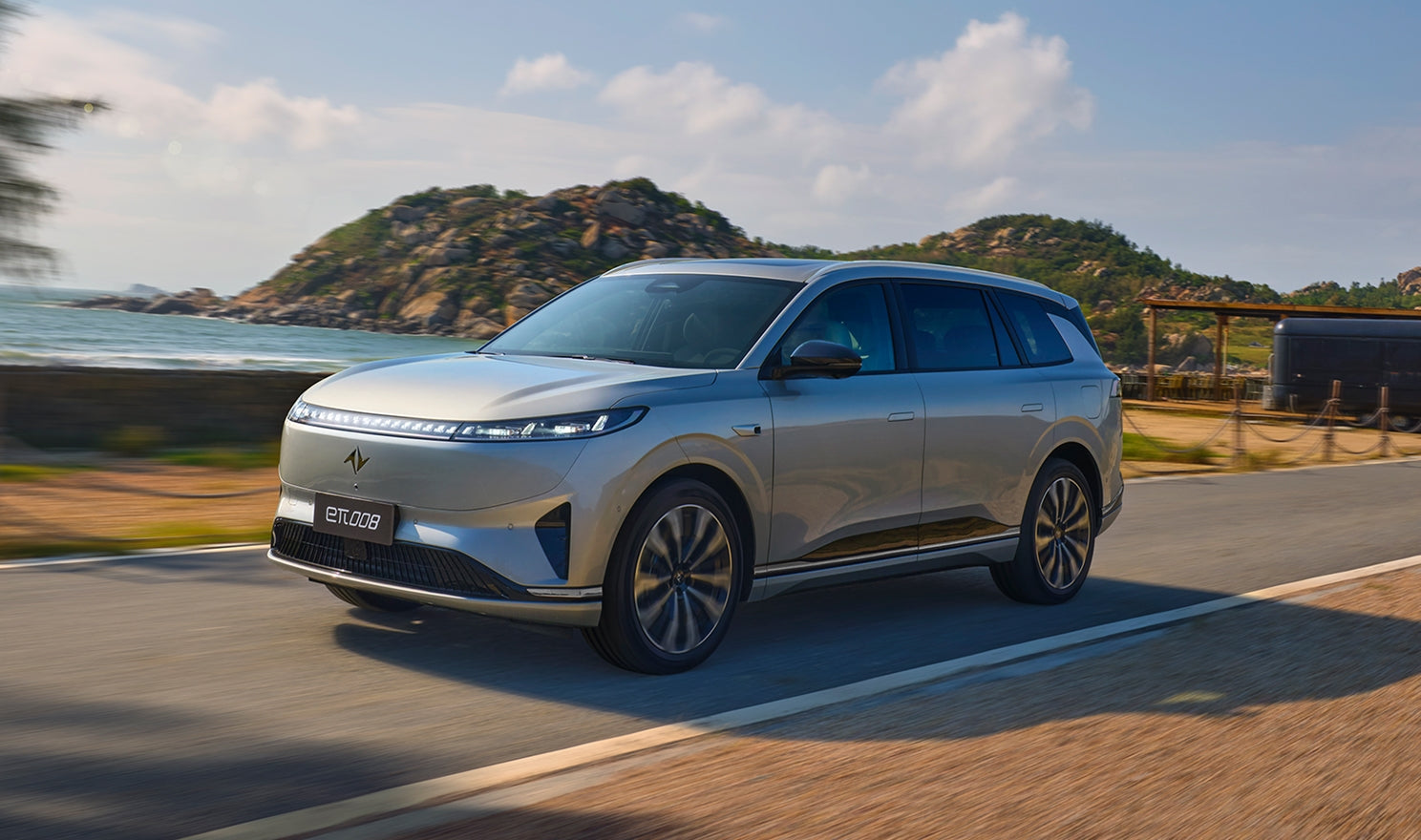A New Player in Large-Scale Energy Storage
Sodium-ion batteries have officially entered the U.S. grid storage market as Peak Energy partners with Jupiter Power to deploy multi-gigawatt-hour systems over the next decade. It marks one of the first commercial-scale rollouts of sodium-ion technology in North America, signaling growing interest in alternatives to lithium-ion storage. Yet despite the milestone, the path ahead remains complex.

Why Sodium-Ion Is Attracting Attention
Experts say sodium-ion batteries offer several meaningful advantages over conventional lithium-ion chemistries. They degrade more slowly, maintain performance in extreme temperatures and rely on widely available materials like sodium, which reduces cost when scaled.
Sodium-ion also avoids the mineral supply constraints tied to lithium, cobalt and nickel. This makes the technology appealing for stationary storage, where energy density is less critical.
However, trade-offs remain. Sodium-ion cells have significantly lower energy density, limiting their use in long-range EVs. And while LFP batteries have already achieved global scale and cost leadership, sodium-ion is still emerging from early-stage development.
Peak Energy’s First Deployments
Peak Energy says its sodium-ion systems can operate without active cooling, unlike lithium-ion batteries that require pumps, fans or liquid coolant loops to maintain safety and performance. The company claims this reduction in complexity lowers upfront and lifetime costs.
Under its agreement with Jupiter Power, Peak Energy will supply 4.75 GWh of sodium-ion storage between 2027 and 2030. Each grid-scale unit can store 3.1 MWh and operate across a wide temperature range—from -40°F to 131°F. According to the company, a single unit holds enough energy to charge more than 40 EVs with 75-kWh battery packs.
Peak Energy has already deployed what it calls the first passively cooled, grid-scale sodium-ion system in Colorado. The company says the design could save over $100 million in lifetime project costs.
Why Grid Batteries Matter More Than Ever
Grid-scale storage—often built in container-like units—is becoming essential as AI data centers, electrified heating and EV adoption push power demand upward. Renewable energy is expanding rapidly, yet its intermittency requires large battery installations to stabilize the grid.
Stationary storage batteries differ from EV packs in key ways. They:
-
Operate in controlled environments
-
Follow predictable charge–discharge cycles
-
Are expected to last 20 years or more
This more stable use case makes sodium-ion a more viable contender for grid use than for transportation.
Competing Against LFP and an Uncertain Market
Historically, U.S. utility storage relied on nickel-based chemistries, but LFP has taken over the market due to its low cost and strong safety profile. Sodium-ion now aims to enter this competitive landscape, though experts remain cautious.
“LFP batteries are currently the lowest-cost and most widely available option for energy storage,” said Evelina Stoikou of BloombergNEF. She notes that while sodium-ion could compete on performance in the future, it lacks lithium-ion’s maturity and global manufacturing scale.
Multiple U.S. sodium-ion startups have already struggled. Natron Energy halted a planned $1.4 billion gigafactory, while Bedrock Materials shut down citing falling lithium prices. Peak Energy has not disclosed where its sodium-ion batteries are produced, adding another layer of uncertainty.

A Technology With Global Momentum—Just Not in the U.S. Yet
While the U.S. moves cautiously, China is accelerating adoption. CATL has showcased sodium-ion packs for light-duty EVs and commercial trucks, and sodium-ion electric scooters priced around $400 are already available.
BloombergNEF expects sodium-ion to reach 5% of global ESS installations by 2035, driven largely by Asia’s manufacturing ecosystem. In the U.S., however, the technology may remain a niche solution unless costs drop and large-scale production takes hold.
Outlook
Sodium-ion’s debut in American grid storage marks a significant step forward, but widespread adoption is far from guaranteed. The technology shows promising advantages for stationary applications, yet commercialization, supply chain development and long-term reliability remain open questions. Whether sodium-ion becomes a cornerstone of the U.S. energy system—or stays a specialized alternative—will become clearer over the next decade.
Recommend Reading: Which EV Brands Keep Their Range Best After Three Years?








Share:
Which EV Brands Keep Their Range Best After Three Years?
Mazda Steps Up EV Plans as New U.S.-Focused Electric SUV Prototype Emerges